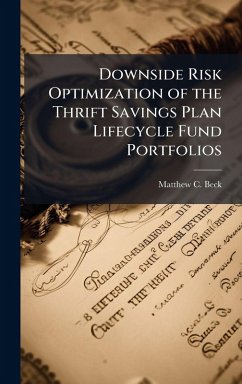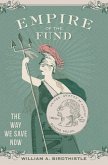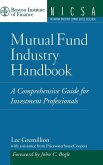The Thrift Savings Plan (TSP), the defined benefit contribution plan for the US Government, introduced the asset allocation Lifecycle (L) Funds in August 2005. These funds seek to minimize risk and maximize expected portfolio return via mean-variance optimization (MVO). The purpose of this thesis is to investigate and examine the efficiency of the TSP L Funds and create alternative L Fund portfolios via downside risk optimization (DRO). Whereas MVO minimizes the portfolio variance (standard deviation), DRO seeks to minimize the risk below an investor's minimal acceptable return in the market, defined as the Co-Lower Partial Moment (CLPM). The research team compares the TSP and DRO (CLPM) L Fund expected portfolio values at retirement for three typical investors. The expected portfolio values are computed using @Risk software via Monte Carlo simulation of TSP individual fund monthly returns, the L Fund quarterly target allocations, and various investor inputs. The quantitative results and analysis of this evaluation determined that TSP participants realize higher expected portfolio values at retirement by investing into a DRO (CLPM) L Fund versus any of the TSP L Funds. To validate the findings, this thesis compares an investment stream in the L Funds from August 2005 through December 2009. This work has been selected by scholars as being culturally important, and is part of the knowledge base of civilization as we know it. This work was reproduced from the original artifact, and remains as true to the original work as possible. Therefore, you will see the original copyright references, library stamps (as most of these works have been housed in our most important libraries around the world), and other notations in the work. This work is in the public domain in the United States of America, and possibly other nations. Within the United States, you may freely copy and distribute this work, as no entity (individual or corporate) has a copyright on the body of the work. As a reproduction of a historical artifact, this work may contain missing or blurred pages, poor pictures, errant marks, etc. Scholars believe, and we concur, that this work is important enough to be preserved, reproduced, and made generally available to the public. We appreciate your support of the preservation process, and thank you for being an important part of keeping this knowledge alive and relevant.
Bitte wählen Sie Ihr Anliegen aus.
Rechnungen
Retourenschein anfordern
Bestellstatus
Storno








